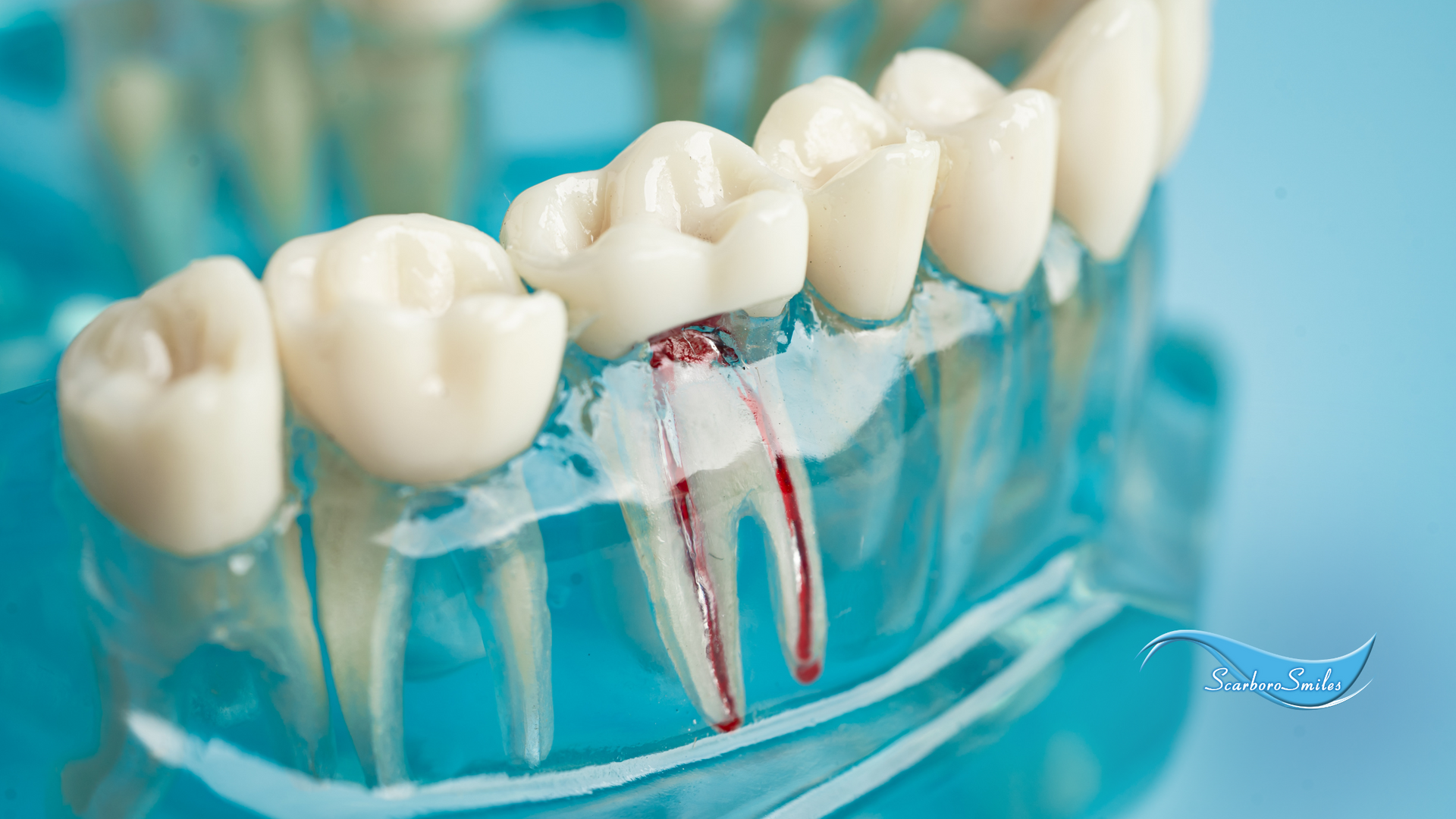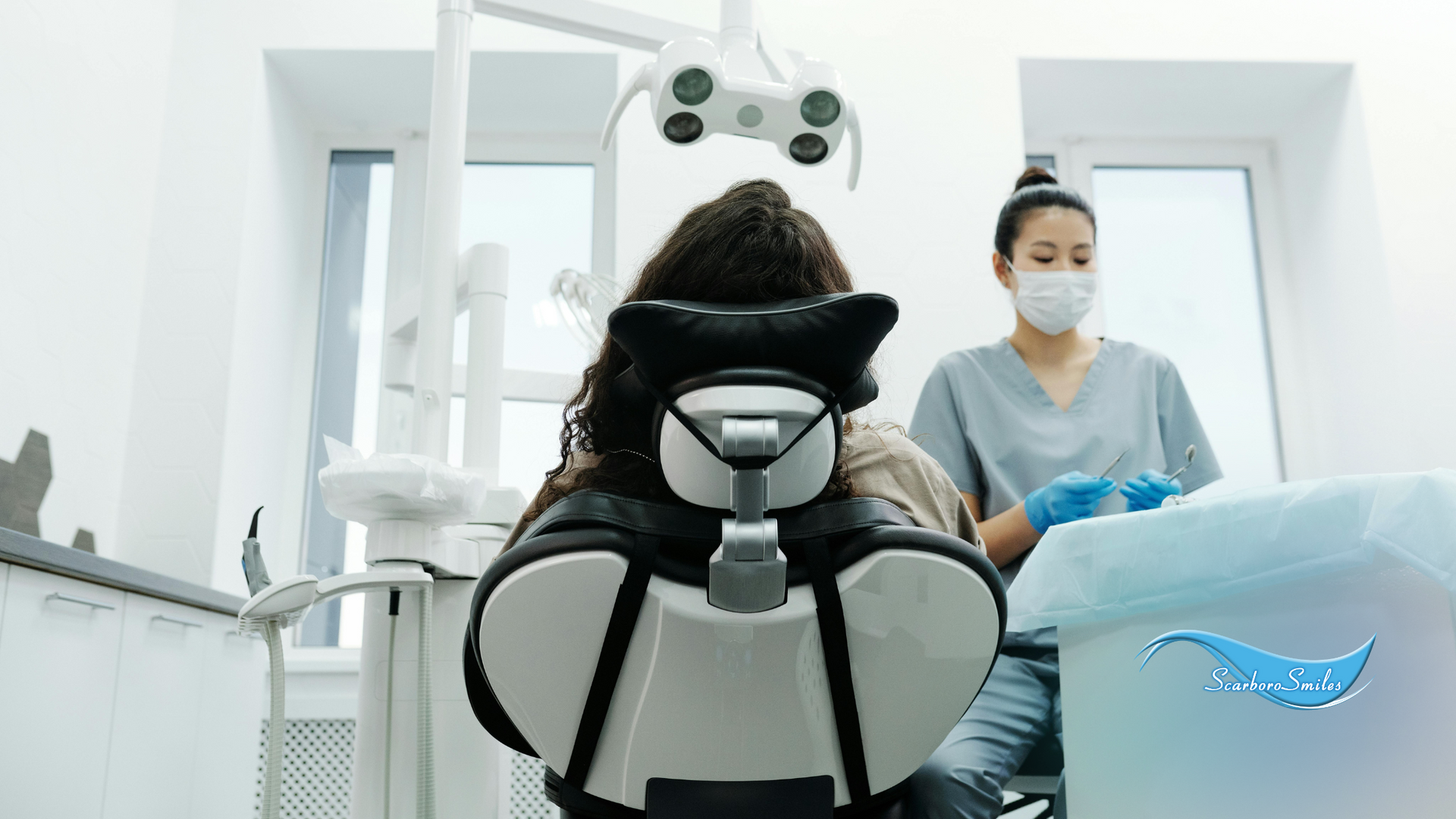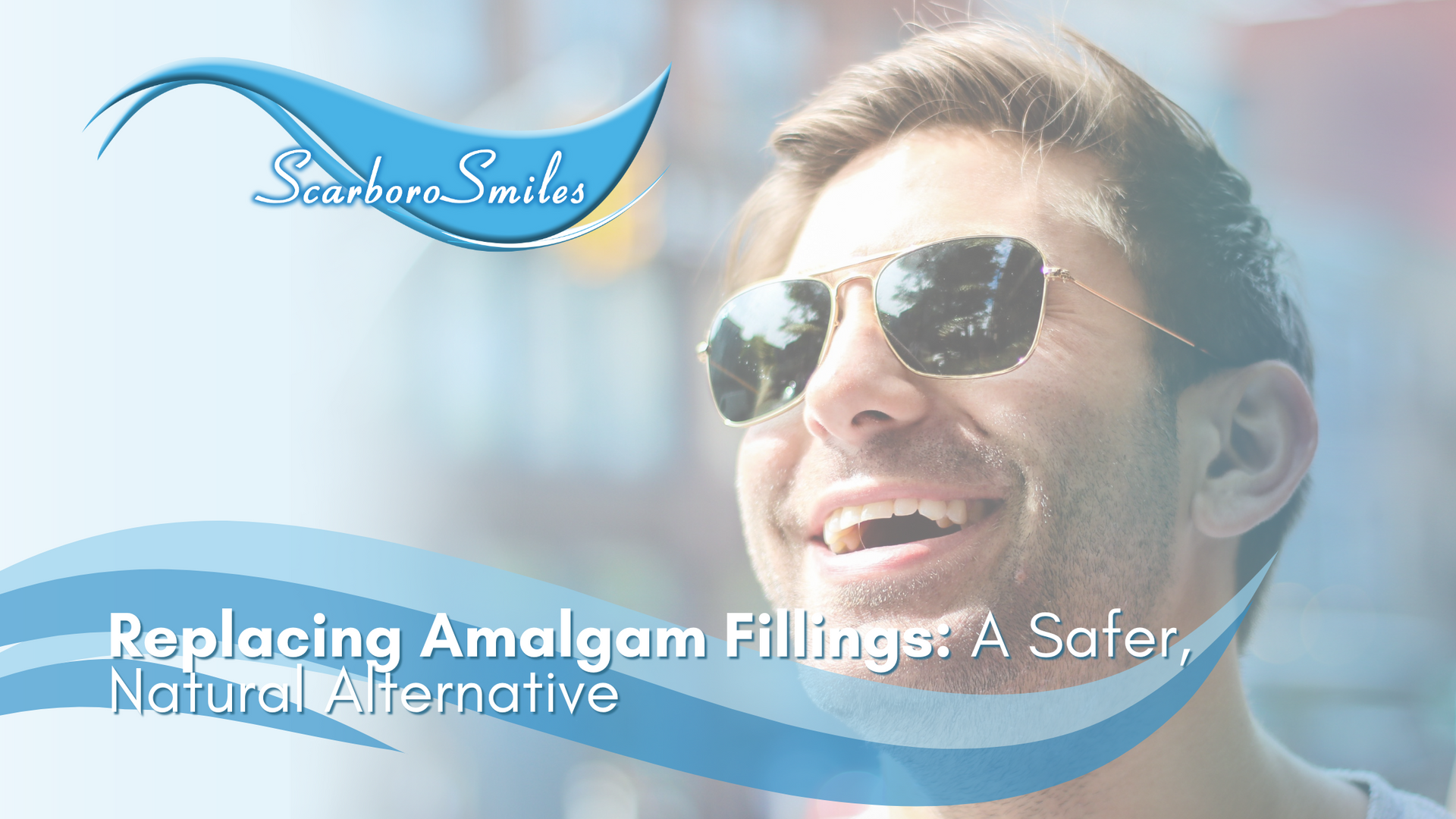Root Canal Therapy: A Comfortable Path to Relief

Source: Dr. Marketing
Persistent tooth pain, sensitivity to hot or cold, or discomfort when chewing are not just everyday annoyances—they could be your body’s way of telling you something is seriously wrong beneath the surface. When the inner pulp of a tooth becomes infected or inflamed, the solution is often not extraction, but something far more tooth-saving: root canal therapy.
Root canals have long been misunderstood—unfairly branded as painful or extreme. But in reality, this common dental procedure is one of the most effective and comfortable ways to eliminate pain, stop infection, and preserve your natural tooth. Whether you have just been told you need a root canal or you are wondering what to expect, understanding the process can make a world of difference in how you approach your care.
At ScarboroSmiles in the Scarborough Town Centre, we believe that informed patients feel more confident and empowered in their treatment. In this post, we walk you through what really happens before, during, and after root canal therapy—so you can walk into your appointment with peace of mind.
A Deep Dive Beneath the Surface

Every tooth has a hidden world inside—one filled with nerves, blood vessels, and soft tissue, all working silently to keep your tooth alive and healthy. This inner core, called the pulp, is protected by layers of enamel and dentin. But when decay, trauma, or infection break through that defense, the pulp becomes vulnerable. Inflammation builds, pain sets in, and suddenly, biting into a sandwich feels like chewing on glass.
This is when root canal therapy steps in as the hero. Instead of extracting the tooth, we carefully removes the infected pulp, disinfects the root canals, and seals the space to prevent future problems. It is not a procedure designed to cause pain—it is designed to end it.
Before the Root Canal: Decoding the Clues

Pain is usually the first messenger, but it is not the only one. Some patients experience sensitivity to hot and cold that lingers longer than usual. Others notice swelling, a recurring pimple on the gum, or even discoloration of the tooth itself.
At ScarboroSmiles, we believe that listening to your body is step one. When you visit us in the Scarborough Town Centre, we will start with digital imaging and a clinical evaluation to determine whether root canal therapy is the right course of action.
In some cases—especially if an infection has spread—antibiotics might be prescribed before treatment to calm inflammation. If you experience dental anxiety (you are not alone), we may also recommend sedation dentistry, ensuring your comfort before treatment ever begins.
During the Root Canal: The Truth Behind the Chair

The moment you settle into the chair, our team ensures you are comfortable. A local anesthetic numbs the area completely, so the most you will feel is light pressure. If you have opted for sedation, a calm, relaxed experience awaits—many patients do not even remember the procedure.
Once numb, we create a small access point in the crown of the tooth. Precision tools clean out the infected pulp, shape the canal space, and disinfect every crevice. The hollow canals are then filled with a biocompatible material called gutta-percha, which helps stabilize the tooth and block bacteria.
A temporary filling might be placed until a permanent restoration—usually a crown—is ready. This crown is the final touch, giving your tooth its full strength and functionality back. From start to finish, the entire procedure usually takes about 60 to 90 minutes—and the relief it brings is well worth that time.
After the Root Canal: What Healing Feels Like

There is a strange, beautiful quiet that follows the ache. For many patients, the relief is immediate—no more pulsing pain or hypersensitivity. Still, it is normal to feel some tenderness for a few days as the inflammation settles. Over-the-counter pain relievers usually do the trick, and our team will give you clear guidance on how to care for your tooth.
For a few days, you may want to avoid biting directly on the treated area. Once the permanent crown is placed, you are good to go—back to eating, speaking, and smiling with ease. And here is the good news: with proper care, a tooth that has had root canal therapy can last a lifetime.
Myths We are Still Busting (Even in 2025)

Let us pause to clear up a few lingering misunderstandings:
- Myth #1: Root canals are painful.
- Truth: With today’s anesthesia and technology, most root canals feel no different than getting a cavity filled.
- Myth #2: If the pain stops, I am fine.
- Truth: The death of a nerve can silence symptoms, but infection may still spread under the radar.
- Myth #3: It is better to just pull the tooth.
- Truth: Your natural tooth is always worth saving if possible. Root canals preserve structure, alignment, and long-term oral health.
Knowledge replaces fear. And the more you understand the why and how of this procedure, the less overwhelming it becomes.
When Sedation Dentistry Changes Everything

Dental anxiety is real—and it often keeps people from getting the treatment they need. That is where sedation dentistry plays a crucial role. At ScarboroSmiles, we offer several options to ensure every patient feels confident and comfortable. Whether it is nitrous oxide (“laughing gas”) for mild anxiety or oral sedation for more significant fears, we tailor the experience to suit your needs.
Root canal therapy does not need to be a stressful ordeal. With sedation dentistry, it becomes a quiet moment of healing—one you may not even remember.
Root Canal Therapy: The Beginning of Relief, Not the End of the Road

When it comes to your health, pain is never something to ignore—and it is certainly not something to endure. A root canal is not the frightening experience it was once thought to be. It is a highly effective, often pain-relieving solution that allows you to keep the tooth you were meant to keep.
At ScarboroSmiles, we want you to know that choosing root canal therapy is not just about saving a tooth. It is about restoring confidence, comfort, and control over your health. It is about trusting that your care team has your long-term well-being at heart—and that the tools of modern dentistry can offer more than relief. They can offer renewal.
So if you are living with tooth pain, wondering if it will just go away—it is time to let go of the worry. We are here to help you move past the discomfort, replace fear with knowledge, and give your smile a strong foundation for the future. Because no one deserves to live in pain—and every tooth deserves a second chance.





